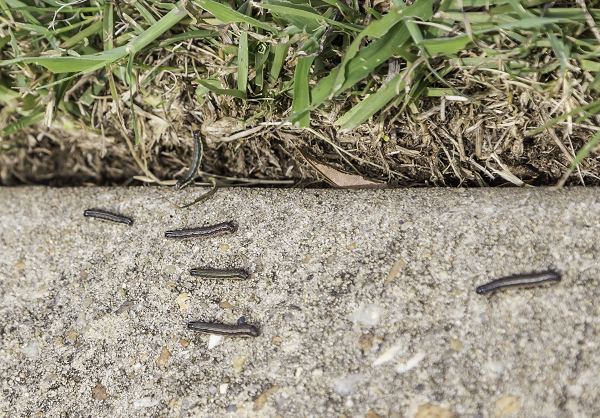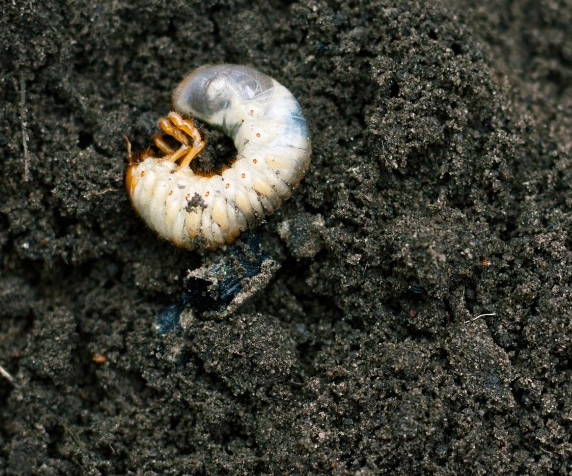Armyworms earn their name. They start their life as small one- to two-inch-long worms before completing their lifecycles as moths. After taking their adult form they lay eggs and the pupae feed on your grass leaving what was once a beautiful lawn into a desiccated wasteland. Unfortunately, they will do this to almost any plant they can get to. Damage is typically in late summer and can last up to the first frost that fall. And like their name they tend to travel together in Squads, (hence the army) and can even produce multiple generations in a single growing season. Since the adult moths do not over winter in the Carolinas, it is hard predicting their activity each year. 2021 saw record high numbers in the US.

